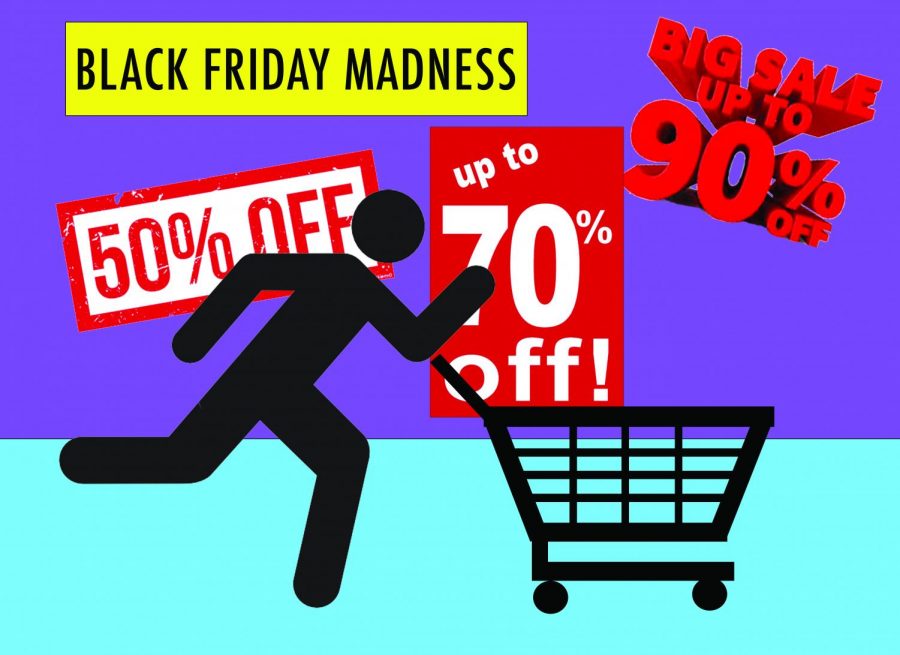A Brief History of Black Friday
Wait this was $40 and now is $8? What a steal!
With deals like 50-90% off, who can resist Black Friday shopping?
On a cold morning Friday morning every year, shoppers wait anxiously. The doors are opening soon. Lines form, with the most dedicated shoppers camping outside to be the first inside. Black Friday is about to start, and the madness has just begun.
Black Friday is a time-honored tradition for many super savers. With discounts as good as Thanksgiving turkey, who can resist the $5 toaster? As headlines make the news cycle every year of manic shoppers buying out stores in minutes, let’s examine the roots of this seemingly hectic tradition.
Contrary to popular belief, Black Friday was never about shopping. The term was originally used by Philadelphia police in the ’60s to describe congested and crowded streets the day after Thanksgiving. Fans of the Army-Navy football game swarmed the streets, leaving shoplifters open to striking. They would often nab high price items like electronics and toys – strangely enough, some of the most sought-after items on Black Friday today.
Back when society didn’t have fancy calculators and computers to calculate profits, shopkeepers calculated their profits by hand. Red ink indicated a loss, and black ink indicated a gain or profit in sales. Sometime in the ’80s, retailers ran with this idea and decided to transform Black Friday into a more positive connotation. By slashing prices and offering enticing extra discounts, the origins of our modern-day hay day began.
Nowadays, as I’m sure you all are familiar with, Black Friday conjures up congested malls, frantic shoppers, and too good to be true deals. Some stores also open up at 6 PM on Thanksgiving Thursday and are open until midnight. The average American will spend about $400 on Black Friday deals alone, feeding into the American culture of consumerism.
On top of that, many retailers have also expanded Black Friday deals to last the entire month of November. The day after Thanksgiving is still the best day to get the most popular items, but savings start as soon as November 1st and sometimes last through the new year. However, if you’re into getting the most out of your money, you’ll already be aware of Small Business Saturday and Cyber Monday. These two iterations of Black Friday fall shortly after the infamous Friday and are designed to promote small businesses and online shopping.
Black Friday has always been the unofficial start to the holiday shopping season. I know I’ve been awake at 6 AM for doorbuster deals. It sounds crazy to anyone who hasn’t tried it themselves, but millions of Americans do it every year. Some may say this spending is excessive and wasteful, others fun and a great way to pass the time. One thing that can be said for certain however is that Black Friday may be a recent tradition, but one that’s here to stay.




